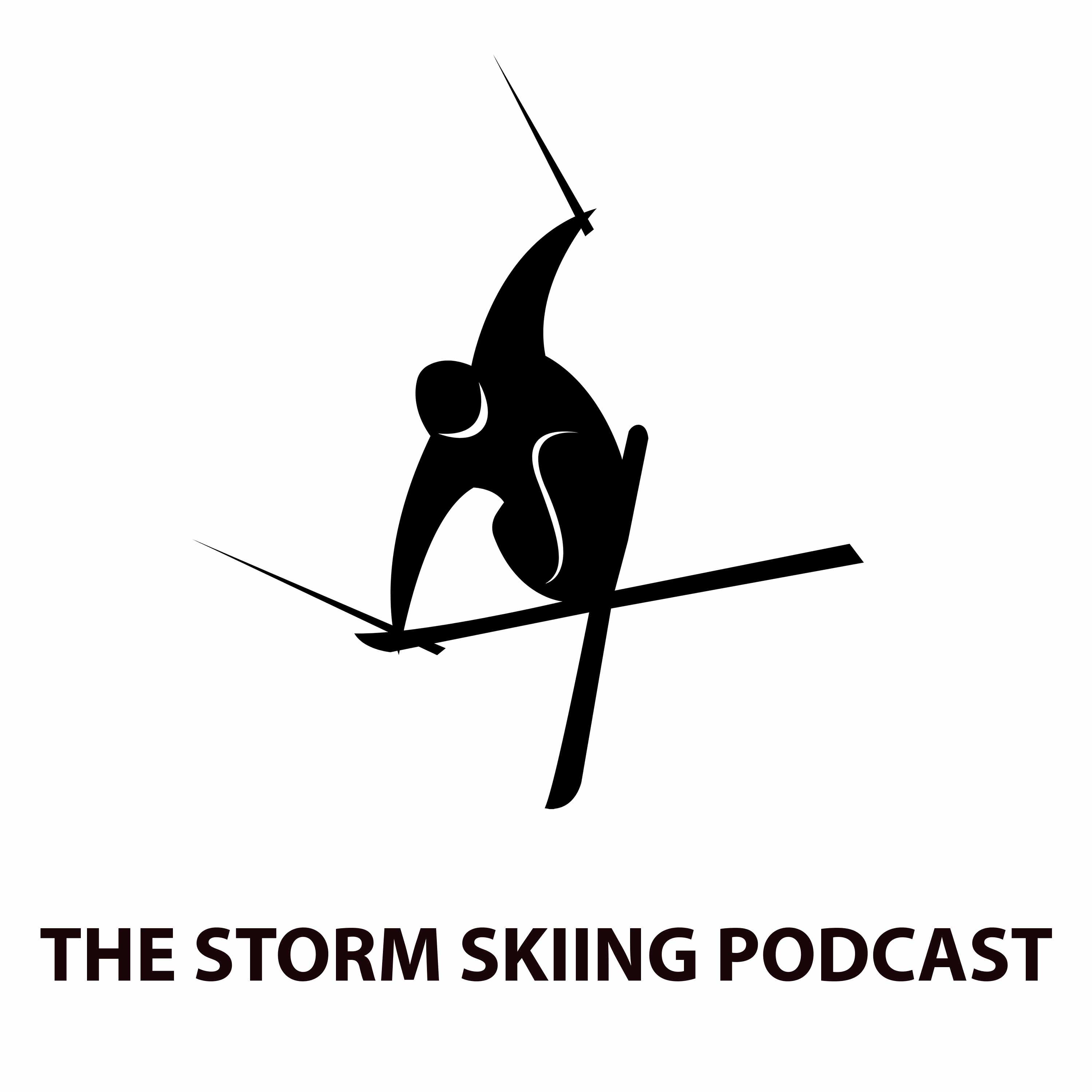Podcast #182: National Ski Areas Association President & CEO Kelly Pawlak
Description
This podcast hit paid subscribers’ inboxes on Sept. 15. It dropped for free subscribers on Sept. 22. To receive future pods as soon as they’re live, and to support independent ski journalism, please consider an upgrade to a paid subscription. You can also subscribe to the free tier below:
Who
Kelly Pawlak, President & CEO of the National Ski Areas Association (NSAA)
Recorded on
August 19, 2024
About the NSAA
From the association’s website:
The National Ski Areas Association is the trade association for ski area owners and operators. It represents over 300 alpine resorts that account for more than 90% of the skier/snowboarder visits nationwide. Additionally, it has several hundred supplier members that provide equipment, goods and services to the mountain resort industry.
NSAA analyzes and distributes ski industry statistics; produces annual conferences and tradeshows; produces a bimonthly industry publication and is active in state and federal government affairs. The association also provides educational programs and employee training materials on industry issues including OSHA, ADA and NEPA regulations and compliance; environmental laws and regulations; state regulatory requirements; aerial tramway safety; and resort operations and guest service.
NSAA was established in 1962 and was originally headquartered in New York, NY. In 1989 NSAA merged with SIA (Snowsports Industries America) and moved to McLean, Va. The merger was dissolved in 1992 and NSAA was relocated to Lakewood, Colo., because of its central geographic location. NSAA is located in the same office building as the Professional Ski Instructors of America and the National Ski Patrol in Lakewood, Colo., a suburb west of Denver.
Why I interviewed her
A pervasive sub-narrative in American skiing’s ongoing consolidation is that it’s tough to be alone. A bad winter at a place like Magic Mountain, Vermont or Caberfae Peaks, Michigan or Bluewood, Washington means less money, because a big winter at Partner Mountain X across the country isn’t available to keep the bank accounts stable. Same thing if your hill gets chewed up by a tornado or a wildfire or a flood. Operators have to just hope insurance covers it.
This story is not entirely incorrect. It’s just incomplete. It is harder to be independent, whether you’re Jackson Hole or Bolton Valley or Mount Ski Gull, Minnesota. But few, if any, ski areas are entirely and truly alone, fighting on the mountaintop for survival. Financially, yes (though many independent ski areas are owned by families or individuals who operate one or more additional businesses, which can and sometimes do subsidize ski areas in lean or rebuilding years). But in the realm of ideas, ski areas have a lot of help.
That’s because, layered over the vast network of 500-ish U.S. mountains is a web of state and national associations that help sort through regulations, provide ideas, and connect ski areas to one another. Not every state with ski areas has one. Nevada’s handful of ski areas, for example, are part of Ski California. New Jersey’s can join Ski Areas of New York, which often joins forces with Ski Pennsylvania. Ski Idaho counts Grand Targhee, Wyoming, as a member. Some of these associations (Ski Utah), enjoy generous budgets and large staffs. Others (Ski New Hampshire), accomplish a remarkable amount with just a handful of people.
But layered over them all – in reach but not necessarily hierarchy – is the National Ski Areas Association. The NSAA helps ski areas where state associations may lack the scale, resources, or expertise. The NSAA organized the united, nationwide approach to Covid-era operations ahead of the 2020-21 ski season; developed and maintained the omnipresent Skier Responsibility Code; and help ski areas do everything from safely operate chairlifts and terrain parks to fend off climate change. Their regional and national shows are energetic, busy, and productive. Top representatives – the sorts of
More Episodes
Published 11/17/24
Published 11/12/24


